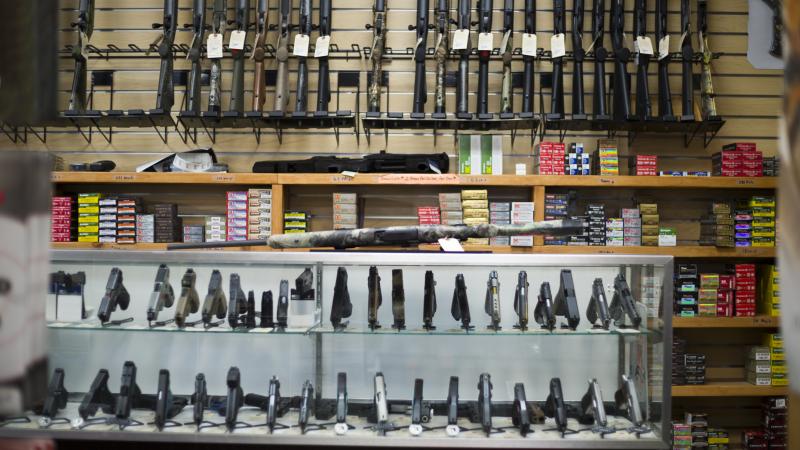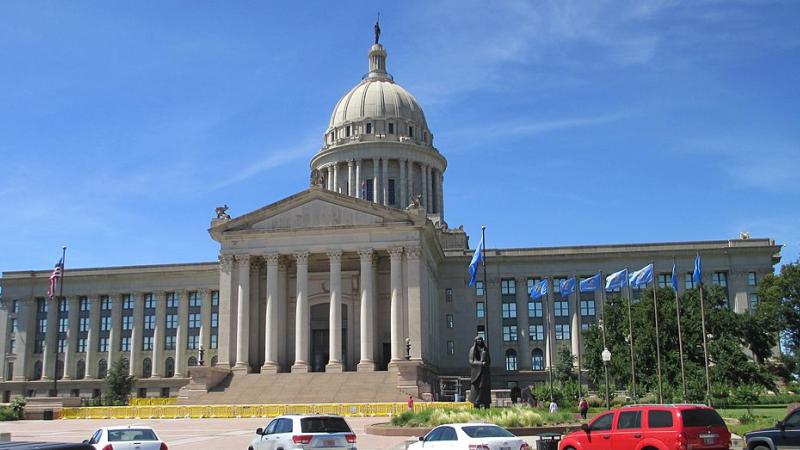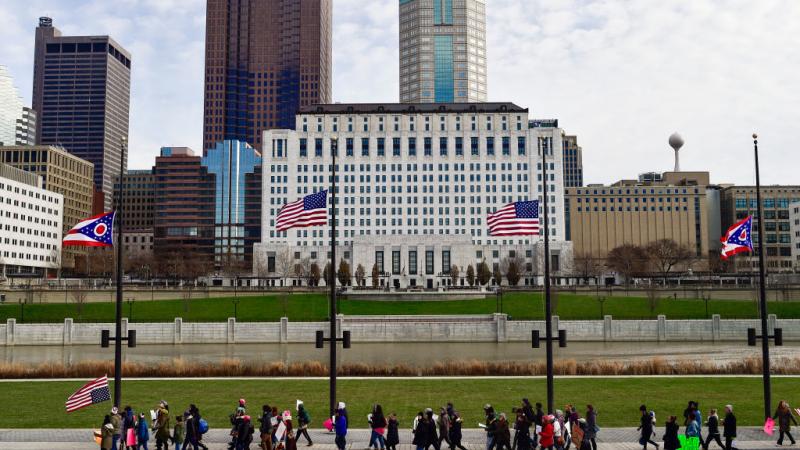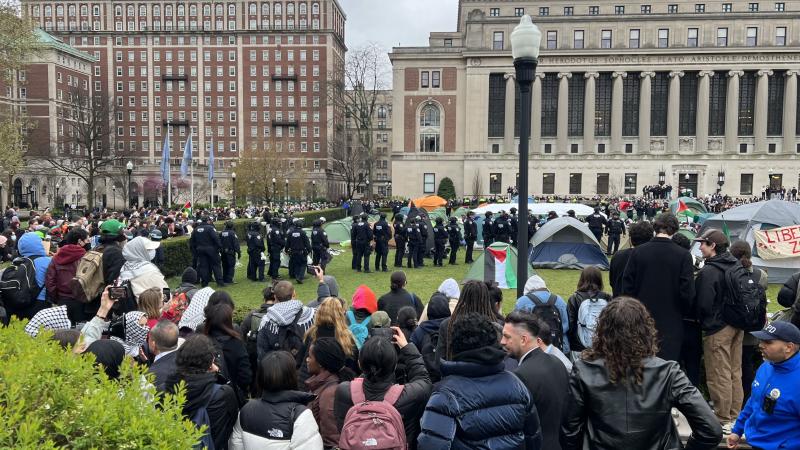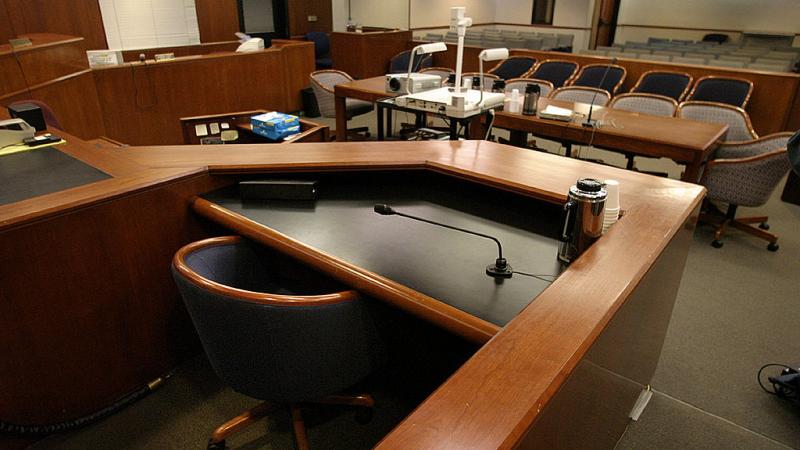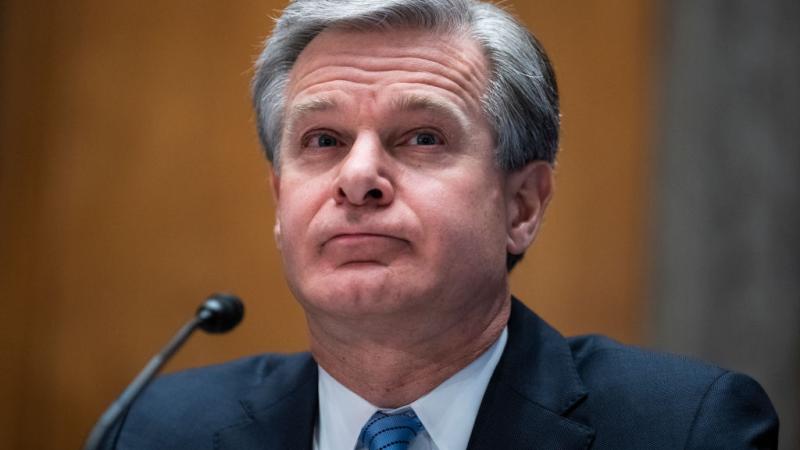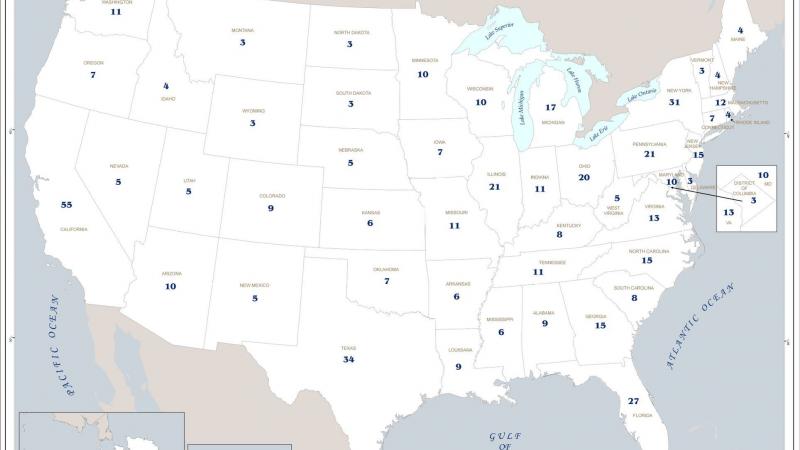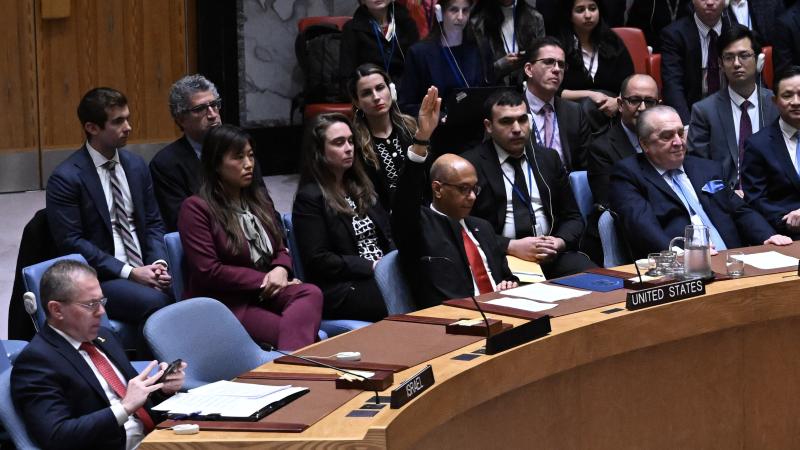Awaking the Li-ion - California launches lithium plant in Imperial County
On Jan. 1, 2035, no car requiring fossil fuel can be sold in California.
(The Center Square) -
In a push to lead the world toward greener, renewable energy, California Gov. Gavin Newsom has taken what he calls significant climate action, but the drive to eliminate combustion engines in favor of electric vehicles is not without risk or concern by some.
“A few years ago ha, there were cartoons and people were mocking us cause, we had a crazy idea, signing an executive order - become the first jurisdiction in the country - only jurisdiction in the world, require all vehicles sold in this again, remarkable place we call home to be alternative fuel,” he said in a news conference Monday in Imperial County updating on the progress on lithium production in the region.
Representatives and community leaders alike spoke of a hopeful, equitable, economically-promising future with the introduction of lithium mining to the Imperial Valley.
“We are residents advocating for a different future,” Lithium Valley Commission Chair Silvia Paz said.
Newsom banned the sale of gas-fueled cars and hybrids requiring fuel by executive order on Sept. 23 2020 in favor of Zero Emissions Vehicles. On Jan. 1, 2035, no car requiring fossil fuel can be sold in California.
Lithium is one of many minerals necessary for the production of EVs. Graphite, Copper, Nickel, Manganese, Cobalt, Rare earth minerals, Zinc and others in smaller amounts are all needed to create zero-emissions cars. While California is entering the lithium-producing arena, it may be that other minerals will still have to be sourced elsewhere.
Until now, almost all of the lithium in the United States was imported, with only a small amount sourced from Nevada’s evaporation ponds.
Newsom hopes the Imperial Valley would provide another source for the much-needed mineral.
The Imperial Valley, known for agriculture, can see temperatures reach as high as 120 degrees in the summer. The Salton Sea was once a busy recreation and tourist destination, but agricultural chemical run-off made it toxic. Now the region appears to be getting a new opportunity for economic development with a brand new $60 million plant producing high-quality lithium.
The Hell’s Kitchen Lithium and Power project, which got its name from the original bar, restaurant and dancehall that serviced the Salton Sea residents, came online in Nov. 2021 when Control Thermal Resources (CTR) began Stage 1 drilling.
“The importance of securing a domestic minerals and batteries supply chain, and a clean energy hub in the United States, cannot be underestimated. In Lithium Valley we can achieve this without negatively impacting the environment,” a representative of the project said.
“Fully developed the Hell’s Kitchen resource can produce enough lithium to support 5 million EV batteries per year.” He explained that it is “the equivalent of removing 23 million metric tons of CO2 from exhaust emissions.”
The plant will use Direct Lithium Extraction (DLE), a loop extraction method, one that is different from the customary hard rock mining, which can leave gaping chasms in the ground, or the evaporation method, which requires the use of strong chemicals to separate the lithium in brine ponds. Instead, CTR will be one of the first in the US to use DLE “in a clean production that cuts back an additional 4.3 million tons of CO2 .”
The average lithium supply from underneath this salt lake is estimated at more than 24,000 metric tons annually, according to the National Renewable Energy Laboratory. With global demand for the mineral expected to increase to nearly 500% of 2018 levels by 2050, the method could deliver up to 10 times the current US demand from the Salton Sea.
DLE however, is not without risk that is of particular concern for California. The Salton Sea sits on the seismically active San Andreas fault. In late 2020 in Strasbourg, France, another seismically active zone, DLE created micro-earthquakes that halted drilling activities.
Supervisor Ryan Kelly pointed out that Imperial County’s geothermal brine is rich in critical minerals lithium, manganese and zinc and that its extraction is being done in an environmentally conscious way.
DLE was the method preferred by the commission in its key findings Report of the Blue Ribbon Commission on Lithium Extraction in California, which was tasked with making recommendations to the legislature.
But not all communities are on-board with the operations of the Lithium plant, the Chair of the Cahuilla Band revealed. Infrastructure for the Lithium bridge will traverse several areas belonging to different groups of the band, and he hoped to have conversations on the merits of the project. The Commission Draft Report revealed that one such tribe might be the Quechan Indian Tribe.
The Quechan documented several things they were not pleased with, including:
Government-to-Government consultation has not occurred with the Quechan Tribe on the proposed projects. No consultation with the lead agency officials and the Quechan Tribe on sacred sites and landscapes that will be impacted by these projects.Quechan Tribe has provided specific cultural concerns such as protection of cultural features, sites and landscapes, but this was not included in the draft report.Draft Report of the Blue Ribbon Commission on Lithium Extraction in California (LVC) - fails to provide equal representation of Tribal Concerns with other stakeholders.The benefits of lithium extraction are discussed more than the social/cultural/environmental concerns or impacts this process would create.Questions about the lithium projects in meetings and via letters that have gone unanswered.Adverse effects of lithium mining have not been analyzed and information on this analysis was not provided to the Quechan Tribe for further analysis and was not provided to the Quechan Tribe for further consultation.
“We are here to protect our future by developing a strategic mineral resource and promoting an environmentally-friendly business practice.” Supervisor Kelly noted. “We’ve also initiated a health-impact assessment for lithium valley infrastructure assessment, a severance tax or excise tax that was approved is now out for public comment and we are going to have a listening session tomorrow at our board of supervisor’s meeting.”
In collaboration with CTR, General Motors and Sellantis have committed to “take or pay” contracts. GM’s goal is to create Ultium battery packs for its EVs sourced locally and at low cost. The transition to renewable energy will require a reliable and consistent supply of rare earth minerals. GM, like many EV producers, is navigating mineral sources crucial to electric vehicle production.
“Now we see an amazing opportunity that not just for the state, nation as the congressman has mentioned, but for the entire world, that the clean energy and climate change policies that we need to be championing start here,” Assemblymember Garcia said.

